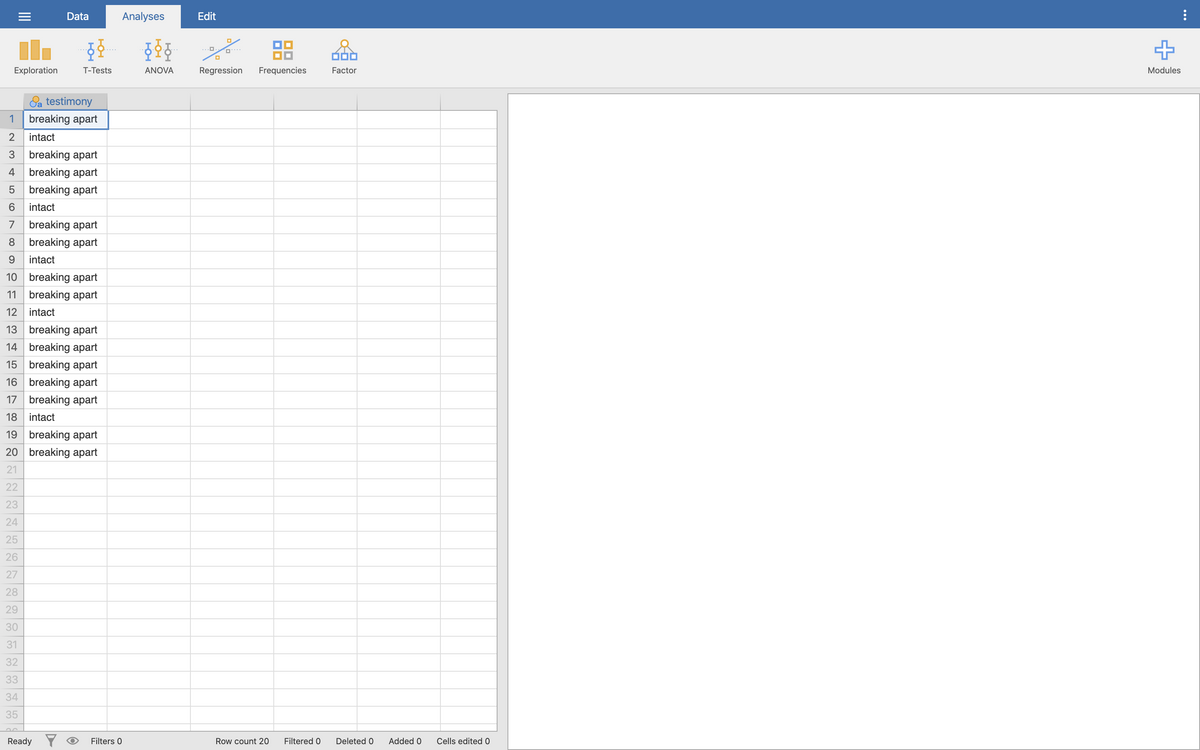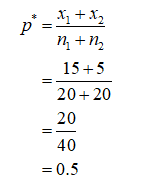Historians are interested in the accuracy of eyewitness accounts of traumatic events. One study examined survivors' recall of the sinking of the ship Titanic. The researchers reviewed the transcriprs of survirors testimony at governmental hearings, to see whether they testified that the ship was intact or breaking apart during the ships final plunge (it was in fact breaking apart). To test for likelihood of survivors saying the sip was intact or breaking apart. Conlcusion :
Historians are interested in the accuracy of eyewitness accounts of traumatic events. One study examined survivors' recall of the sinking of the ship Titanic. The researchers reviewed the transcriprs of survirors testimony at governmental hearings, to see whether they testified that the ship was intact or breaking apart during the ships final plunge (it was in fact breaking apart). To test for likelihood of survivors saying the sip was intact or breaking apart.
Conlcusion :
Based on your descision, identify and explain the type of error you could be making with respect to the conclusions of the study;

Null and alternative hypotheses:
The investigator is interested to test whether there was an equal likelihood of survivors saying the ship was intact or breaking apart.
Each of the survivors saying the ship was intact or breaking apart is equally likely to occur.
Denote the proportion of responses of intact as p1.
Denote the proportion of responses of breaking point as p2.
The hypotheses to be tested are:
Null hypothesis:
H0: p1 = p2
That is, there is an equal likelihood of survivors saying the ship was intact or breaking apart.
Alternative hypothesis:
Ha: p1 ≠ p2
That is, there is no equal likelihood of survivors saying the ship was intact or breaking apart.
Test for the assumptions:
The necessary assumptions are given below:
- The data should be the simple random values from both the populations.
- The variable of interest must be categorical.
- The samples should be independent.
- The number of successes and failures in each sample must be greater than or equal to 5. That is, n1p1 ≥ 5, n1(1 – p1) ≥ 5, n2p2 ≥ 5, n2(1 – p2) ≥ 5.
Here, the sample of responses of breakdown and the sample of responses of intact are independent of each other.
Here, the variable of interest is “Response of the survivor” is categorical and testimony of 20 survivors was selected randomly.
It is given that among a sample of 20 survivors, 15 said breaking apart.
The sample size is n1 = 20.
The number of specified characteristics is x1 = 15.
It is given that among a sample of 20 survivors, 5 said intact.
The sample size is n2 = 20.
The number of specified characteristics is x2 = 5.
n1p1 = x1 = 15 and n1(1 – p1) = n1 – x1 = 5
n2p2 = x2 = 5 and n2(1 – p2) = n2 – x2 = 15
The number of successes and failures in each sample are not less than 5.
Thus, all the conditions to run the test are satisfied.
Obtain the pooled estimate of proportion:
The sample proportion-1 is p1^ = 15/20 = 0.75.
The sample proportion-2 is p2^ = 5/20 = 0.25.
The pooled estimate of proportion is obtained as 0.9372 from the calculation given below:

Obtain the test statistic value:
Here, (p1– p2) = 0, p1^ = 0.75, p2^ = 0.25, n1 = 20, n2 = 20.
The test statistic value is obtained as 3.16 from the calculation given below:

Step by step
Solved in 4 steps with 3 images


